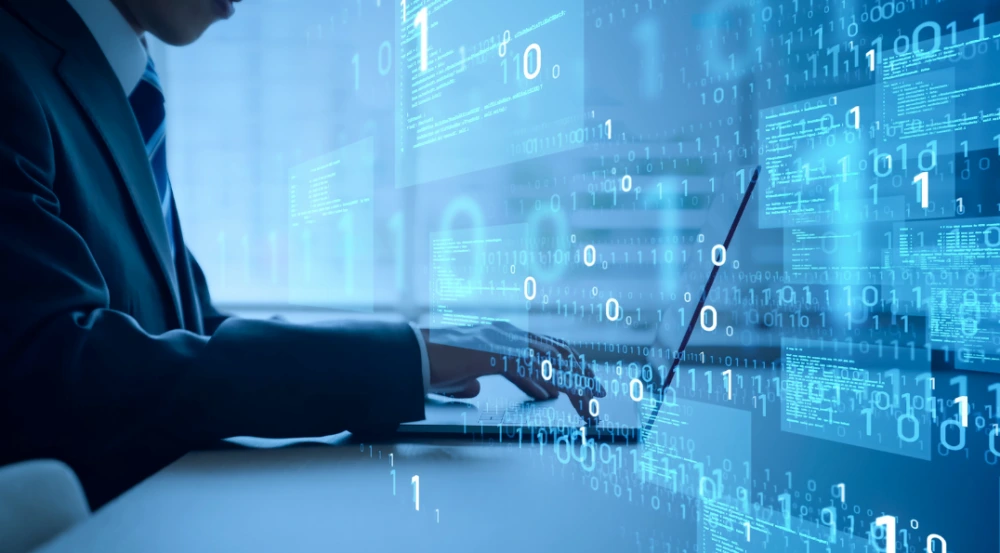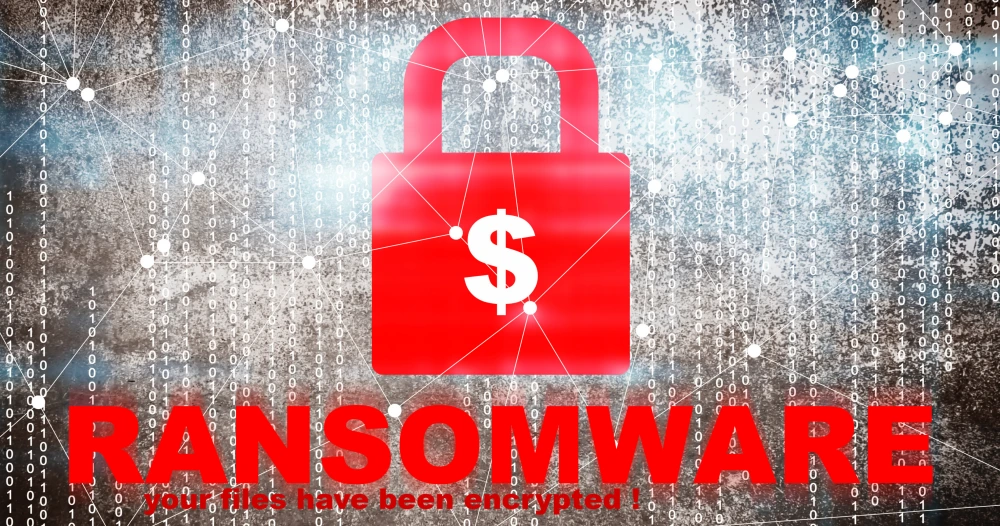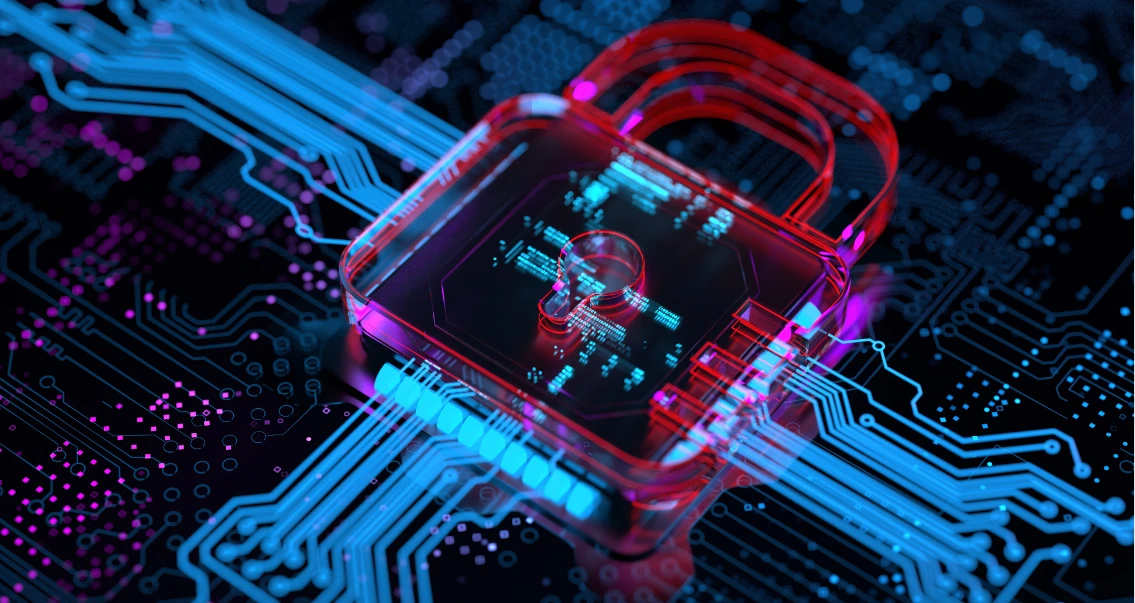Conti Ransomware: In-Depth Analysis, Detection, Mitigation
Conti ransomware has emerged as a highly adaptable and skilled malware threat, displaying the ability to operate independently or under guided instruction while showcasing exceptional encryption speed. As of June 2021, its distinctive capabilities have allowed Conti’s affiliates to extort millions of dollars from more than 400 organizations.
The developers and operators behind Conti belong to the TrickBot gang, and they primarily rely on a Ransomware-as-a-Service (RaaS) model for its operation. Derived from the codebase of Ryuk, Conti ransomware shares the same infrastructure as TrickBot, further solidifying its association with the notorious cybercriminal group.
Target and Methods:
Conti ransomware primarily focuses on businesses, government organizations, and educational institutions. Notably, it has been known to target healthcare organizations, legal firms, financial service providers, and other high-profile entities. Conti ransomware tends to avoid targeting entities within the Commonwealth of Independent States (CIS) region.
Initially, Ryuk ransomware served as the delivery vehicle for Conti, but as detections for TrickBot improved, BazarLoader (also known as BazarBackdoor) became the preferred method of delivering Conti by March 2021. Additionally, Conti frequently exploits vulnerable applications and interfaces, with notable instances of exploitation targeting Microsoft Exchange vulnerabilities such as CVE-2021-34473, CVE-2021-34523, and CVE-2021-31207.
Ransomware Attack Examples:
- JVCKenwood hit by Conti ransomware attack | Computer Weekly
- How Conti ransomware hacked and encrypted the Costa Rican government (bleepingcomputer.com)
Detection and Mitigation Strategies:
When DataGuard Guardian Absolute is not deployed, effectively detecting and mitigating ransomware risks requires a well-rounded approach that combines technical and operational measures to identify and respond to suspicious activity on the network. Here are the essential steps to mitigate the risk of ransomware without DataGuard Guardian Absolute.
1. Use Anti-Malware Software
Deploy reputable anti-malware software or security tools capable of detecting and blocking known ransomware variants. These tools may utilize signatures, heuristics, or machine learning algorithms to identify and prevent the execution of suspicious files or activities.

2. Monitor Network Traffic
Regularly monitor network traffic to spot potential indicators of compromise, such as unusual patterns or communication with known command-and-control servers. Suspicious network behavior should be promptly investigated and addressed.
3. Conduct Security Audits
Perform regular security audits and assessments to identify vulnerabilities in the network and system. Ensure that all security controls are correctly implemented and functioning to reduce the attack surface and potential entry points for ransomware.
4. Educate Employees
Educate and train employees on cybersecurity best practices, including recognizing and reporting suspicious emails or other potential threats. Employee awareness is crucial in preventing social engineering and phishing attacks often used to deliver ransomware.
5. Implement Backup and Recovery
Establish a robust backup and recovery plan to maintain copies of critical data. Ensure that backups are securely stored and regularly tested to ensure data can be quickly restored during a ransomware attack.
6. Educate Employees
It is crucial to educate employees about the risks of ransomware and train them to recognize and avoid phishing emails, malicious attachments, and other threats. Encouraging them to report suspicious emails or attachments and avoiding clicking on links or buttons within them helps prevent infection.
7. Implement Strong Passwords
Strengthening security by implementing robust, unique passwords for all user accounts is vital. Regularly updating and rotating passwords, combining uppercase and lowercase letters, numbers, and special characters, enhances protection against unauthorized access.
8. Enable Multi-Factor Authentication (MFA)
By adding an extra layer of security, organizations should enable MFA for all user accounts. MFA can be implemented using mobile apps like Google Authenticator, Microsoft Authenticator, physical tokens, or smart cards.
9. Update and Patch Systems
Regularly updating and patching systems is essential to address known vulnerabilities and prevent attackers from exploiting them. Keeping the operating system, applications, and firmware up to date, along with turning off unnecessary services or protocols, reduces potential entry points for ransomware.
10. Implement Backup and Disaster Recovery (BDR) Processes
Organizations should establish regular backup and disaster recovery processes to ensure adequate recovery from ransomware attacks or other disasters. This includes creating frequent backups of all data and systems, securely storing them offsite, and regularly testing the backup restoration process.
When organizations combine proactive cybersecurity measures with the comprehensive protection offered by DataGuard Guardian Absolute, they can significantly improve their ability to withstand Conti ransomware and other evolving cyber risks. With its advanced threat detection, real-time monitoring, and secure backup features, DataGuard Guardian Absolute provides a well-rounded strategy to protect data and systems from the severe impacts of ransomware attacks. By employing this holistic approach, organizations can enhance their resilience and better safeguard their valuable assets against the ever-growing threats in the digital landscape.




